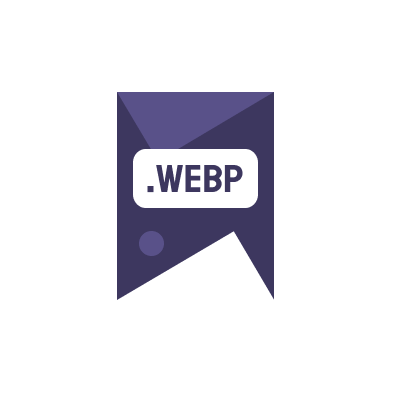Looking to improve PageSpeed using WebP images on your website? If you’re aiming to enhance your site’s performance and user experience, converting your images to WebP format can significantly help. This guide will provide step-by-step instructions and benefits of using WebP images.
Understanding WebP Images
WebP is an image format developed by Google, designed for the web with superior compression and quality capabilities compared to JPEG and PNG files. This means faster loading times and better performance, particularly on mobile devices.
Benefits of Using WebP
- Improved loading times
- Enhanced compression with minimal loss in quality
- Supports transparency and animation
Steps to Convert Images to WebP
Converting your existing images to WebP can be done easily using online tools. One of the most efficient methods is using the WebP converter tool. Moreover, various platforms offer the feature to convert image to WebP online free of charge.
Implementing WebP on Your Website
Once you have your WebP images, the next step is implementation. Here’s how you can start:
- Modify your site’s code: Adjust your HTML and CSS to include WebP formats.
- Use appropriate fallbacks: For browsers that do not support WebP, ensure you have JPEG or PNG backups.
Measuring the Impact
After implementing WebP, you should monitor your website’s performance through tools like Google PageSpeed Insights. This will help you see the direct impact of using WebP on your site’s loading time and overall performance.
To learn more about WebP and other performance-enhancing techniques, visit Google’s WebP guide.

